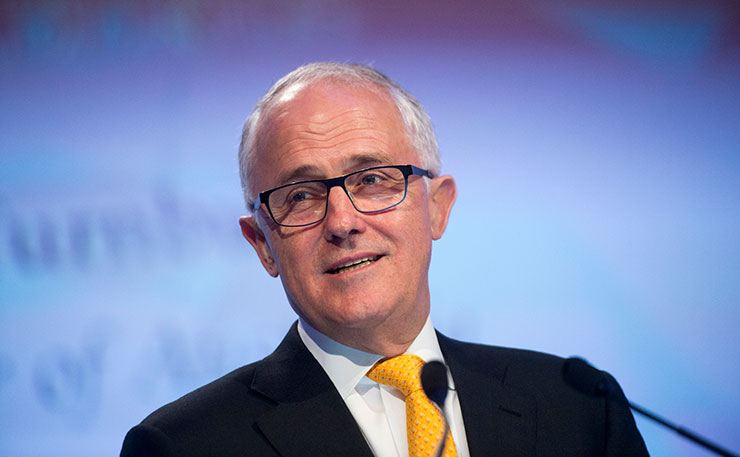Simon Birmingham’s big win on schools funding has opened up wide divisions between different factions of both the Liberals and the Greens, writes Ben Eltham.
Schools funding is perennially controversial in Australian politics. The turbulent negotiations over the so-called “Gonski” package were one of Julia Gillard’s signature achievements; in John Howard’s government, greatly expanded payments to private schools were seen as a key plank in the Coalition’s success with so-called “aspirational” voters in the 2000s.
But schools policy has been controversial longer than this: the issue of “state aid” for religious schools was fiercely contested in the post-war years, and way back in colonial days, education policy was the signature issue of none other than the “Father of Federation”, Sir Henry Parkes.
So it’s not surprising that schools funding has again moved to centre stage in Australian politics, in the wake of Education Minister Simon Birmingham’s audacious $23.5 billion deal on schools policy, passed by the Senate last week.
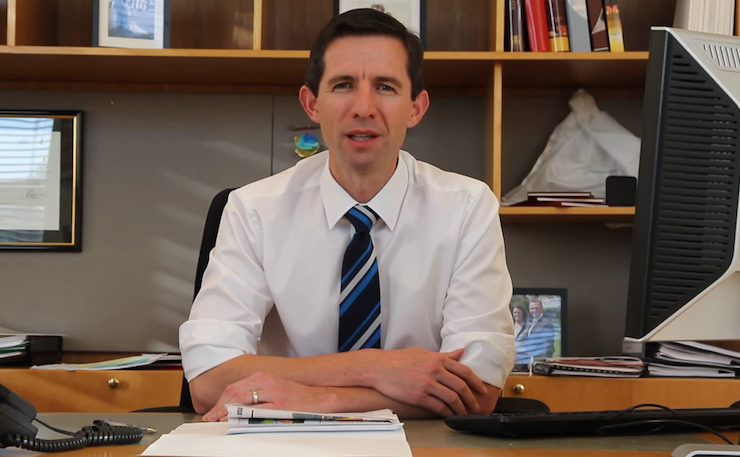
The passage of “Gonski 2.0”, as it has been confusingly called, was a major win for a government that has struggled to get its bills passed. The government’s new schools policy is a big departure for the Coalition, at least rhetorically. Gone is the hostility to needs-based funding that we saw when Christopher Pyne was education minister. Instead, Birmingham is openly positioning the government as the champion of needs-based funding, claiming that “the Turnbull Government’s plan ensures students who need the most support, get the most support as quickly as possible”.
Now that the dust has settled on the Gonski settlement, we can start to sift through the legislation to work out what it means.
A few things need to be pointed out.
Firstly, this was a major legislative reform that was pushed through the Senate with relatively little scrutiny. The usual late-night negotiations and back room deals with independent Senators featured strongly. At every stage of the debate, there was a dearth of concrete information that might have assisted interested citizens to work out exactly what the government was proposing.
Second, we still don’t really know what the Gonski 2 package will deliver.
There has been little in the way of detailed analysis of what the government’s reforms might mean to state and territory school systems, let alone individual schools. The government’s much-vaunted school calculator, for instance, was revealed to use dubious figures in Senate Estimates. It has since disappeared from the government website altogether.
This opacity, and the generally poor state of Australia’s media, has meant there has been little independent analysis of the Gonski 2 deal. What little there is, largely from the Grattan Institute’s Peter Goss, has been surprisingly positive about Birmingham’s package. But Goss’s work is fiercely contested by Labor, the Catholic sector, the education unions, and schools advocates.
The Grattan Institute’s Goss called it, apparently sincerely, “a victory for the children of Australia.” And it is true that the new package will inject new money into the various systems, and reform the way that money is handed out.
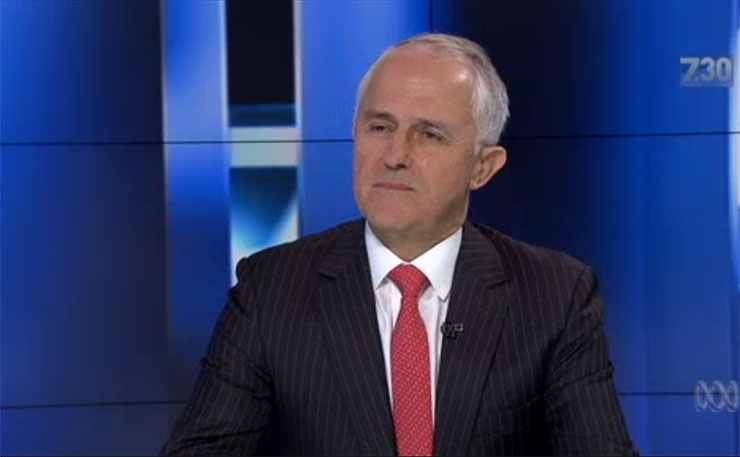
But far from seeing Gonski 2 as “a victory for the children”, public education advocates like Trevor Cobbold point out that the new package has some real flaws. Perhaps the most salient is the government’s new mandate of an 80/20 split in funding given to the non-government and public systems. This means that the Commonwealth will move to fund 80 per cent of the “schooling resource standard” of non-government schools, and 20 per cent of the standard for public schools.
Why the 80/20 split? Well, just because. There appears to be no genuine “needs-based” rationale for the Commonwealth to give four times the funding share to non-government schools as it gives to public schools. Public schools are, almost universally, the neediest schools.
As a result, public schools will get much less than they would have under the Gonski 1 model – perhaps as much as $9 billion less. In contrast, non-government schools will get around $3 billion more. The 80/20 split appears to entrench a generous deal for independent schools, which have been notably silent during the Gonski 2 debate.
Further, the new deal places a lot of pressure on the states and territories to lift their share of schools funding. In return for Commonwealth money, the states and territories are being asked to plough billions of their own into their public systems. This is despite the fact that the states and territories already do the heavy lifting on public schools funding, teaching the majority of Australian students nation-wide. According to data from public schools advocate Trevor Cobbold, “the State component of the SRS of public schools is well below the target 80% in most States.”
Labor agrees. Sources inside Tanya Plibersek’s office have told New Matilda that the new deal will actually leave public schools in Tasmania and the Northern Territory worse off than under current arrangements.
The fierce debate about the merits of the new schools funding package is the background to the internal chaos that has enveloped the Greens since the Gonski 2 vote. The schools funding negotiations have precipitated what appears to be a major split between New South Wales Greens Senator Lee Rhiannon and her colleagues in the national party room.
The division is not just a matter of personality, although there is no doubt many in the Victorian and Tasmanian branches of the party who loathe Rhiannon. It is also ideological and state based.
The left faction controlling the New South Wales branch of the party has long been more radical than the Victorian branch and forming a national “left renewal” breakaway. Many in the Greens party base are unsurprisingly quite radical, and many agree with the hard left positions Rhiannon champions. There is real disquiet amongst sections of the Greens base about the more centrist style of Richard Di Natale, particularly over decisions to negotiate with the Coalition on issues such as pension reform and now schools funding.
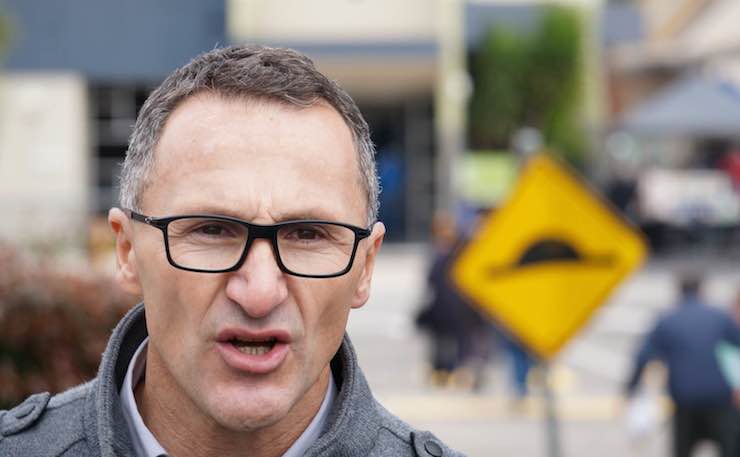
The internal divisions were exposed during the Gonski 2 negotiations as the Greens attempted to cut a deal with the government. The Australian Education Union, which is close to Rhiannon, lobbied hard for the Greens to reject the bill. As the Greens vacillated, Birmingham pounced. He stitched up a deal with the cross bench to pass the bill without the Greens. This put the Greens in the uncomfortable position of supporting the government’s policy, while not playing any role in shaping it.
Exactly why the Greens were supporting the schools policy package remains unclear. It has not been articulated by their leader. Even today, you can’t find any official media release or news item about the vote on Gonski 2 on the main Greens website.
The main reason appears to be that the Greens couldn’t come up with a policy position. After Simon Birmingham announced his original $18 billion funding package in May, the Greens prevaricated. The party’s education spokesperson Sarah Hanson-Young at first indicated she supported the new proposal, before backing away.
As late as June 18, Richard Di Natale was telling the media that “we’re going to take our time, we’re going to look at this legislation in detail and the changes that the government’s made, and we’ll make a decision after we’ve spoken to our party, after we’ve spoken to all the key stakeholders.” But there wasn’t time: the government quickly stitched up a cross-bench deal.
Now the federal party has formally censured Rhiannon, making a written complaint about her to the party machinery. Presumably, the ultimate sanction is party expulsion. But this would simply make Rhiannon an independent, and indeed give her an enhanced platform to create a far-left political identity around. It would also give the government another cross-bencher to negotiate with.
The Gonski implosion has exposed internal divisions that the Greens have been trying to paper over for some time now. The formation of formal factions within the Greens is well underway, as the easily-ridiculed “left renewal” campaign last year showed.
Put simply, there will be many Greens voters deeply uncomfortable with the notion of a party negotiating deals – any deals – with a conservative government. The GST deal between the Democrats and John Howard’s government was notoriously the harbinger of doom for that minor party. While the Greens are different, that doesn’t mean the party is immune from internal disunity. No political party is.
Just ask Malcolm Turnbull.
The Gonski deal has been every bit as controversial inside the Liberal Party, if for different reasons. The Gonski deal saw the government commit to an unfunded increase in federal spending for a schools funding deal that openly describes itself as “needs-based”. It was negotiated by a prominent moderate, Simon Birmingham, in a telling display of the ascendency of the Liberal centre. As if to add insult to injury, Christopher Pyne was then secretly recorded triumphantly celebrating the victory of his faction.
The right of the Liberal Party is predictably furious. With the downfall of Tony Abbott, the right has lost control: not only of the leadership, but of the policy agenda as well.
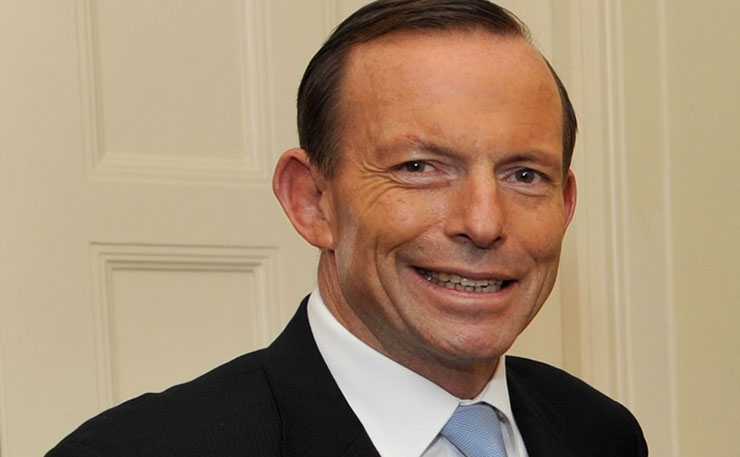
As we observed after the relatively big-spending May budget, the government has started to tack left towards the centre. Key Turnbull allies like Arthur Sinodinos, George Brandis and Mitch Fifield have consolidated control of the party apparatus, particularly in the eastern states. Turnbull cabinet appointees like Simon Birmingham are making key policy decisions.
And then, of course, there’s Tony Abbott. For many, the former prime minister cuts an increasingly quixotic figure, whistling in the wilderness with his discredited slogans.
Such schadenfreude barely begins to acknowledge the amount of damage Abbott can still do to his party and his usurper. If the Rudd years proved anything, it was that internal division can take on a dynamic of its own, consuming a government in fraternal hatreds. Few would hold out much hope for a Liberal reconciliation any time soon.
Just as with the Greens, the differences within the Liberal Party are ideological, and reflect deep divisions within the party on basic matters of political philosophy. The conservative right has not yet been appeased by Turnbull’s many compromises, and it is unlikely to be appeased in the future. Given the polls are currently nearly as bad for Turnbull as they were for Abbott, there is little incentive for conservatives to reign in their spleen.
The Turnbull government is thus finely poised. At the moment, the Liberal right doesn’t have the numbers to roll Turnbull. But it certainly can make the Prime Minister’s life difficult. It can veto key bills in the House of Representatives. It can also destabilise.
Tony Abbott’s promise of “no wrecking, no undermining, and no sniping” was never very plausible: wrecking, undermining and sniping are what he does best. Turnbull and the moderates have the ascendency, but they can’t eliminate the conservatives. And they can’t remove Tony Abbott from public life.
In summary, the division within the Liberal Party will continue. There is very little that Malcolm Turnbull can do about it.
Donate To New Matilda
New Matilda is a small, independent media outlet. We survive through reader contributions, and never losing a lawsuit. If you got something from this article, giving something back helps us to continue speaking truth to power. Every little bit counts.

